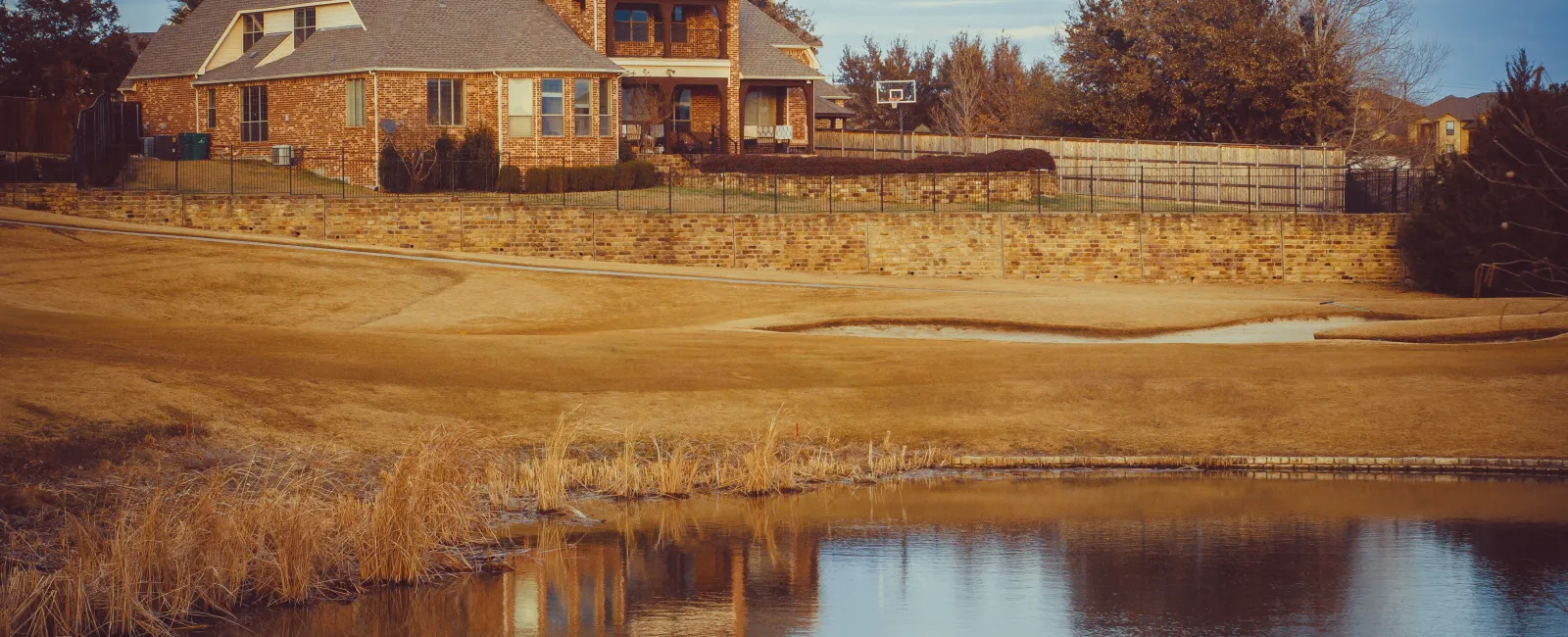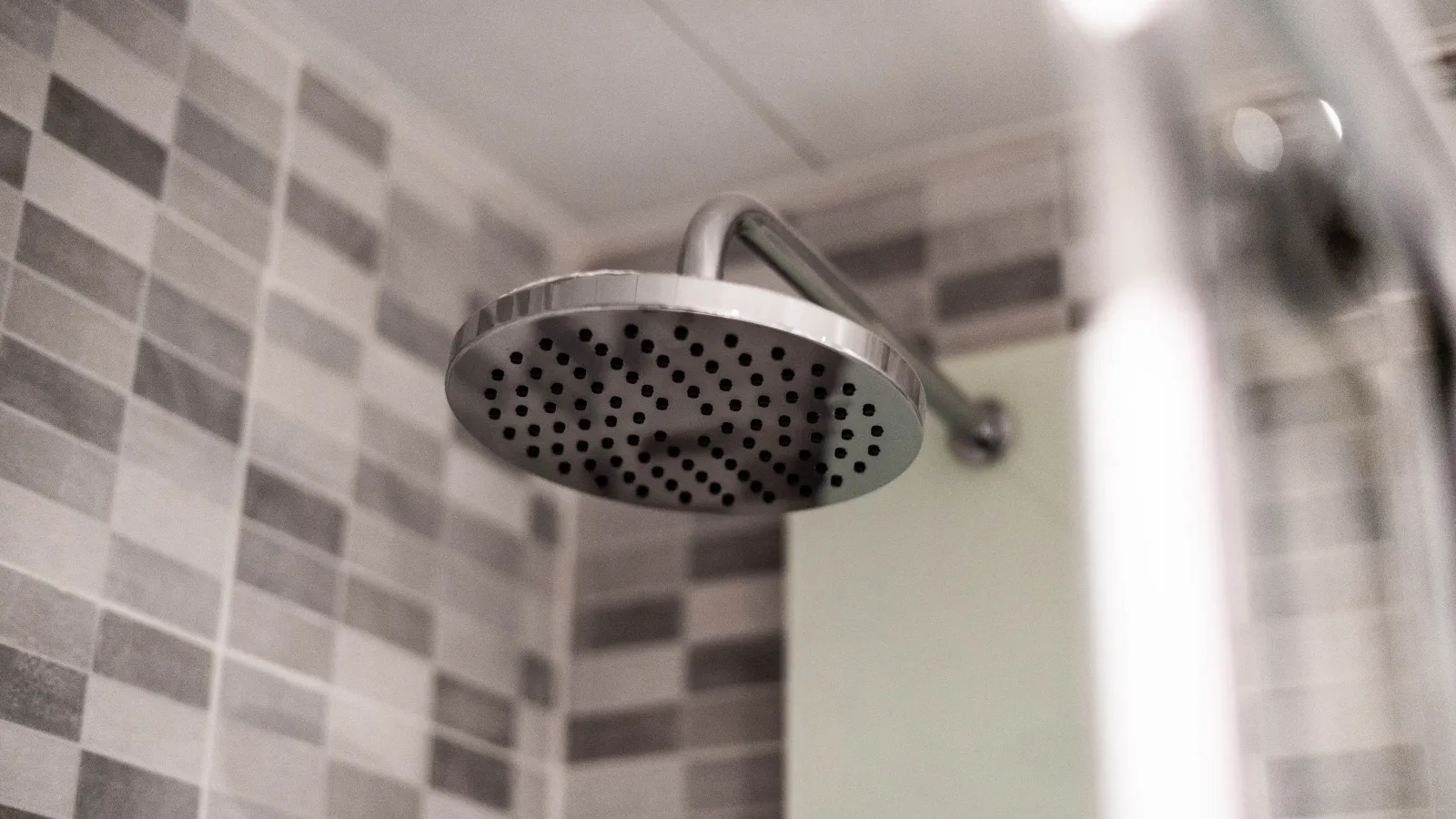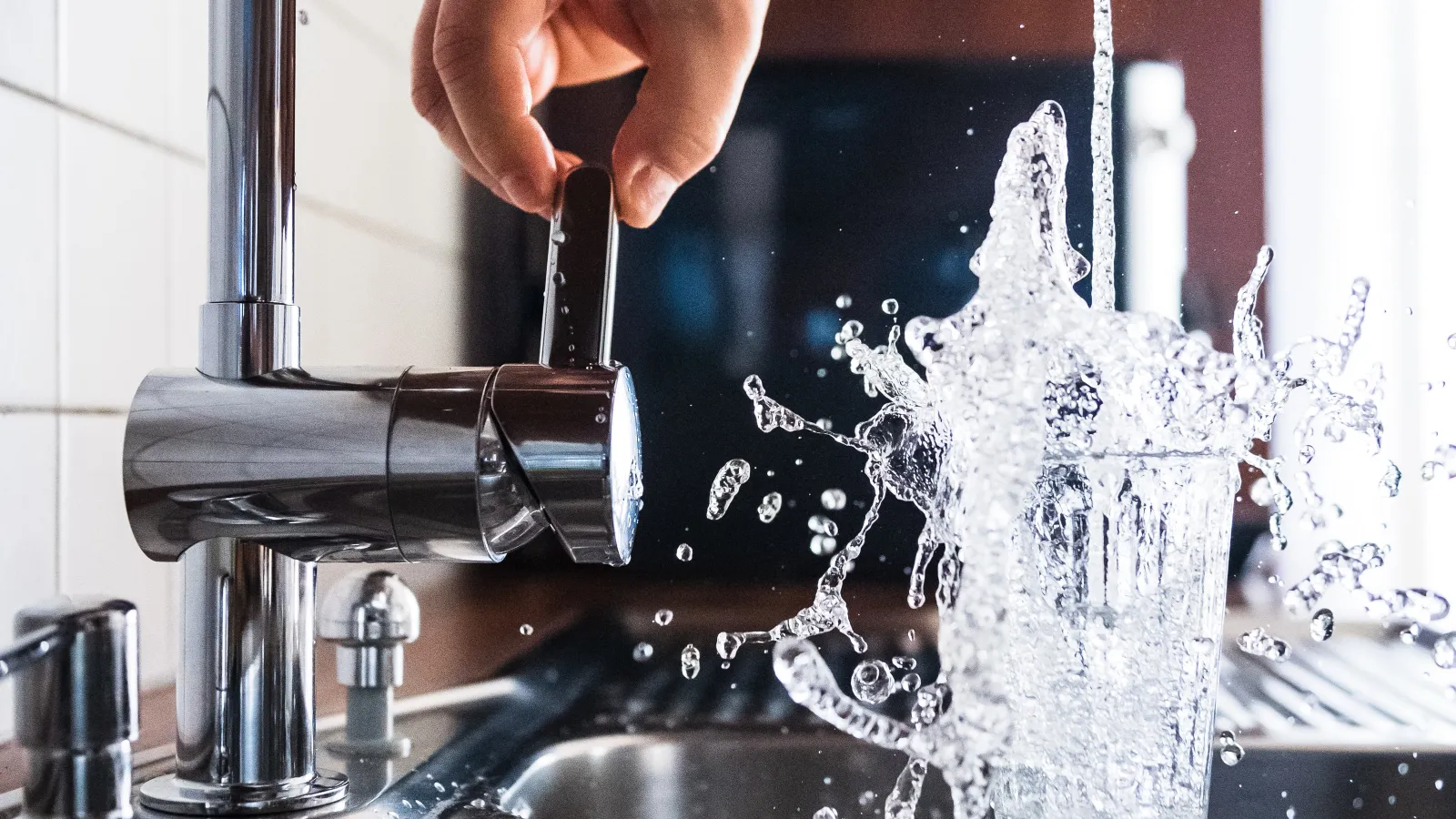As the cold winter months approach, it's essential for Homeowners Associations (HOAs) to take proactive steps to prepare and winterize their communities. Proper planning can help prevent damage, reduce maintenance costs, and ensure the safety and comfort of residents.
While the Southeast, specifically counties in Georgia like Forsyth and Dekalb, may not get much snow, many winter preparations are still important for your community. Let's dive in!
Create a Winterization Committee: Before diving into the specific steps, consider forming a winterization committee within your HOA. This group can help distribute responsibilities, plan activities, and ensure that all tasks are completed efficiently.
Inspect Common Areas: Start by conducting a thorough inspection of all common areas, including sidewalks, parking lots, green spaces, and recreational facilities. Look for any maintenance or repair needs, such as cracks, holes, or damaged structures, and address them promptly.
Landscape Maintenance: Trim overhanging tree branches and remove dead or dying trees to prevent potential hazards during heavy snow or ice. It's also a good idea to apply a layer of mulch to protect plant roots from freezing temperatures.
Snow Removal and Ice Management: Even if a heavy snowfall is rare, arrange for the necessary equipment to be available, like plows, shovels, and salt spreaders. Develop a clear snow removal plan that prioritizes common areas, walkways, and roads to maintain safe access for residents.
Building Maintenance: Inspect the community buildings for any drafts, damaged windows, or roofing issues. Address any problems to prevent heat loss and reduce energy costs. Consider adding weatherstripping to doors and windows.
Community Communication: Effective communication is crucial. Keep residents informed about winterization plans, snow removal schedules, and any important updates. Use email, newsletters, and community meetings to relay this information.
Emergency Preparedness: In case of severe winter weather, create a plan for emergency situations. Ensure that all community members know what to do and who to contact in case of a weather-related emergency. Prepare for power outages by having backup generators or alternative heating sources available.
Exterior Faucet and Irrigation System Maintenance: To prevent frozen pipes, disconnect and drain exterior water faucets. Also, shut off and drain irrigation systems to avoid damage caused by freezing water.
Proper Pool Care: If your community has a swimming pool, make sure to winterize it according to manufacturer guidelines. This includes draining and covering the pool and winterizing any associated equipment.
Community Guidelines and Bylaws: Review your HOA's rules and bylaws related to winterization. Ensure that residents are aware of their responsibilities and the HOA's expectations during the winter months.
Regular Inspections: Throughout the winter, continue to inspect common areas for any new damage or hazards, such as ice buildup or fallen branches. Address issues promptly to maintain safety and accessibility.
Winterizing your HOA community is an essential responsibility to protect property values, ensure resident safety, and minimize maintenance costs. By following these comprehensive guidelines and fostering strong communication with residents, you can create a secure and comfortable environment for everyone during the winter season. Stay proactive, stay informed, and stay safe!
Consider calling RooterPLUS! for your community winterization needs. In the event of a freeze break, don't forget to turn your water off and call RooterPLUS! for an immediate repair.



